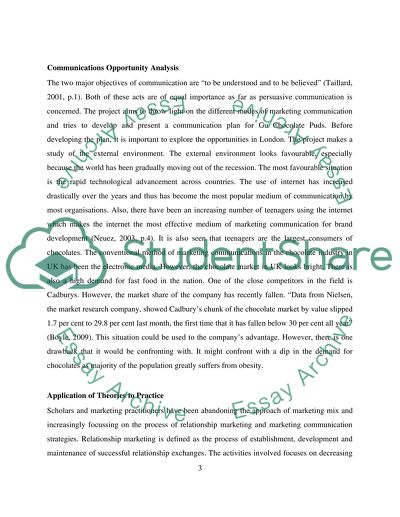Cite this document
(“Marketing Communications Assignment Example | Topics and Well Written Essays - 2750 words”, n.d.)
Retrieved from https://studentshare.org/family-consumer-science/1407890-marketing-communications
Retrieved from https://studentshare.org/family-consumer-science/1407890-marketing-communications
(Marketing Communications Assignment Example | Topics and Well Written Essays - 2750 Words)
https://studentshare.org/family-consumer-science/1407890-marketing-communications.
https://studentshare.org/family-consumer-science/1407890-marketing-communications.
“Marketing Communications Assignment Example | Topics and Well Written Essays - 2750 Words”, n.d. https://studentshare.org/family-consumer-science/1407890-marketing-communications.


